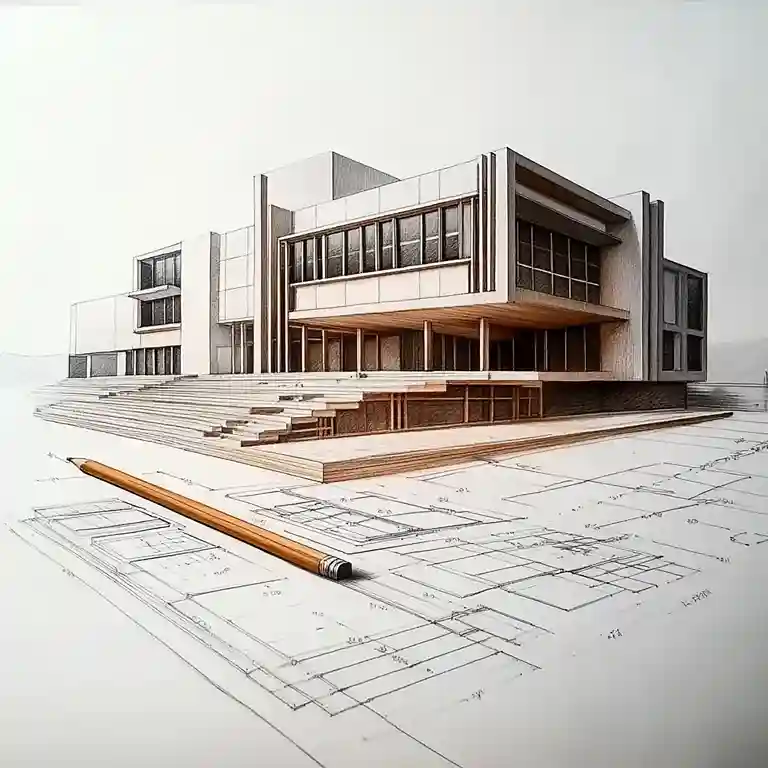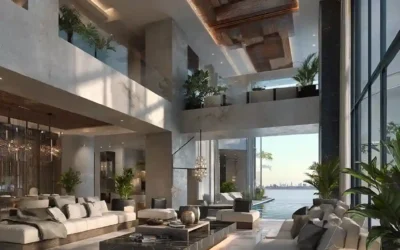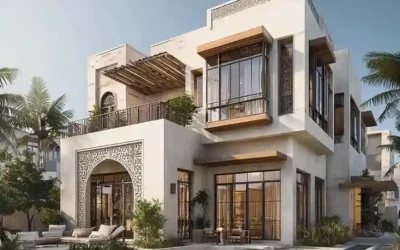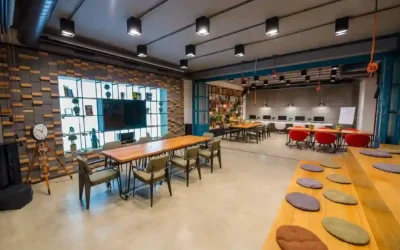Designing spaces that are not just aesthetically beautiful but also useful and efficient is part of the art of architecture. Finding the perfect balance between functionality and aesthetics is a hallmark of successful design. Whether the project is for a house, company, or hospitality setting, it is important to ensure that design and function work together. Businesses in architecture achieve this equilibrium in this way.
The Role of Functionality in Design
Functionality is the foundation of any architectural project. A building should meet the needs of its users and facilitate their activities with ease. For example, a residential space must cater to the lifestyle of its occupants, ensuring comfort, convenience, and efficiency. In a similar vein, a commercial facility must maximize space utilization, enhance productivity, and guarantee safety.
When functionality takes center stage, every element of design is carefully planned to serve a purpose. This includes:
Space Optimization: Utilizing every inch effectively without overcrowding.
Accessibility: Ensuring that all individuals can reach and use it.
Durability: Using long-lasting and low-maintenance materials.
The Importance of Aesthetics
Aesthetics is just as vital as utility. In addition to making a structure more appealing, a striking design increases its value. Lovely places make their residents feel proud, stimulate their creativity, and arouse feelings.
Architects incorporate aesthetics through elements such as:
Material Selection: Using textures, colors, and finishes that complement the design theme.
Lighting: Leveraging natural and artificial light to highlight architectural features.
Design Elements: Highlighting exceptional elements such as arches, complex patterns, or innovative forms.
Due to the frequent display of luxury and innovation in Dubai’s buildings, aesthetics play an essential role in highlighting modernity while honoring cultural heritage. An architecture company in Dubai focuses on seamlessly incorporating these elements.
Achieving the Perfect Balance
Architects, clients, and builders must work together to find a harmony between practicality and beauty. The procedure typically includes:
Understanding the Client’s Vision: Architects must grasp the client’s preferences, lifestyle, and practical needs.
Incorporating Modern Solutions: Using smart technologies and sustainable practices to enhance both beauty and utility.
Iterative Design: To ensure that the design meets both functional and aesthetic objectives, it is iterated multiple times.
For example, incorporating open layouts in residential spaces enhances visual appeal while promoting better ventilation and natural lighting. In commercial buildings, modern facades can make a strong visual statement without compromising structural integrity or energy efficiency.
Conclusion
According to our architectural firm in Dubai, the design of a building should have an appropriate balance between form and function. Our team carefully designs every aspect, from the general arrangement to the tiniest design feature, to guarantee that areas are both visually appealing and practical.
As an architecture firm in Dubai, we focus on developing designs that fulfill various purposes, whether it’s a sophisticated residence, a lively office setting, or a dynamic retail area. Our knowledge guarantees that each project we undertake merges functionality with visual appeal.
When you team up with a skilled group, you’re not merely putting money into a framework—you’re committing to a masterpiece that caters to your requirements while being recognized as an architectural wonder. Rely on a prominent architecture firm in Dubai to realize your vision.




